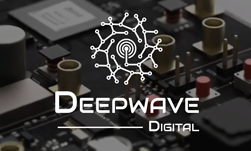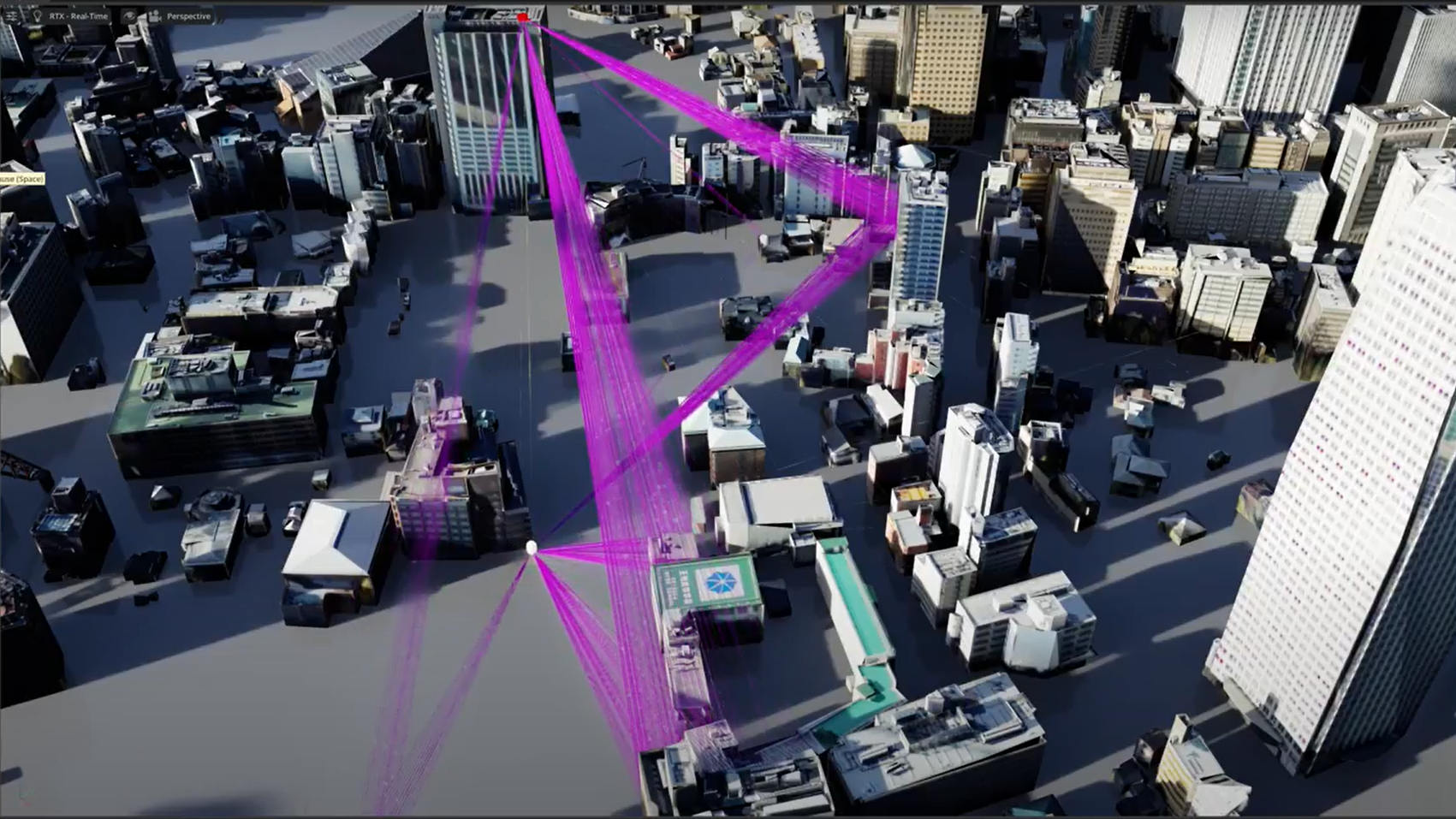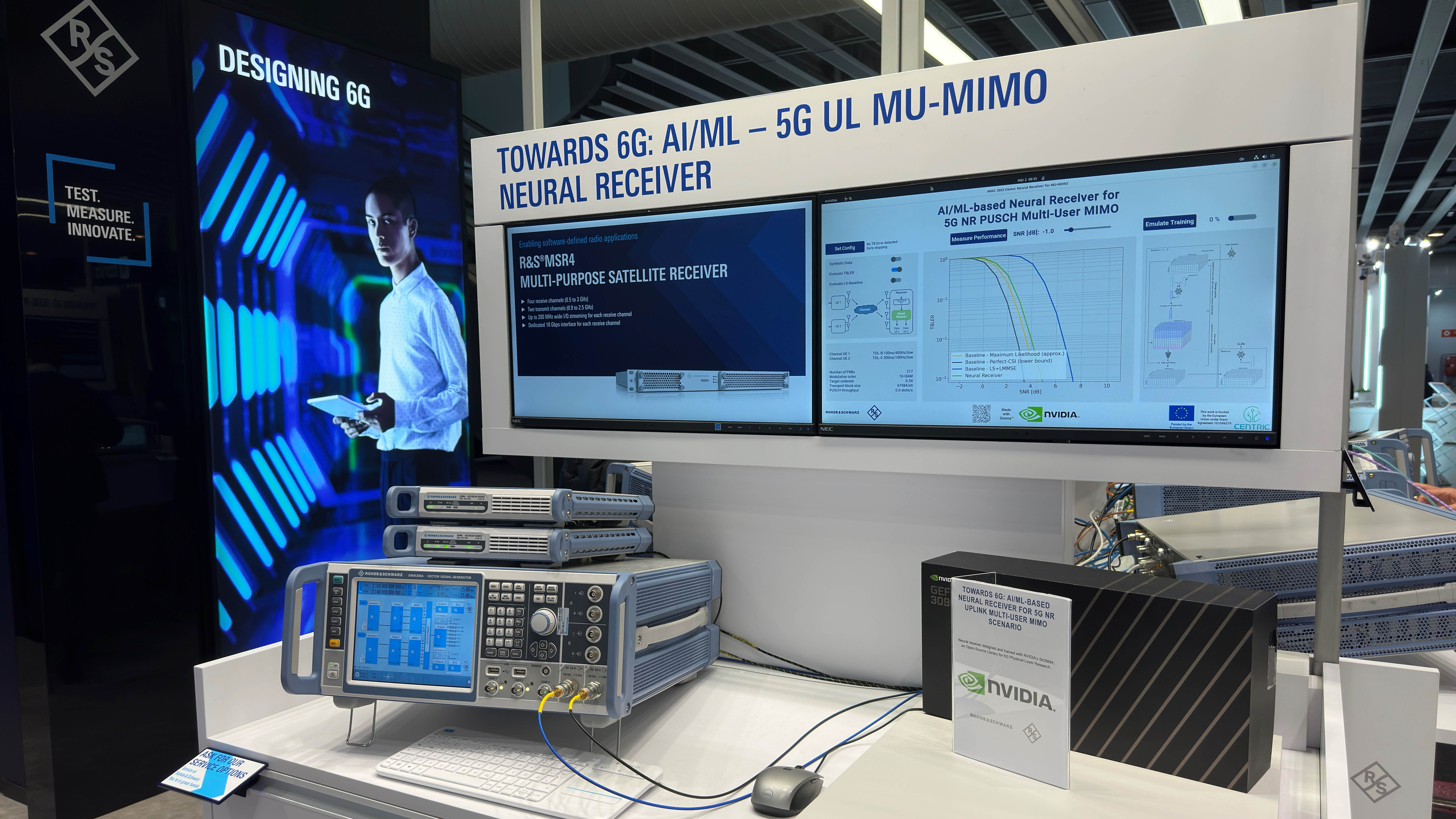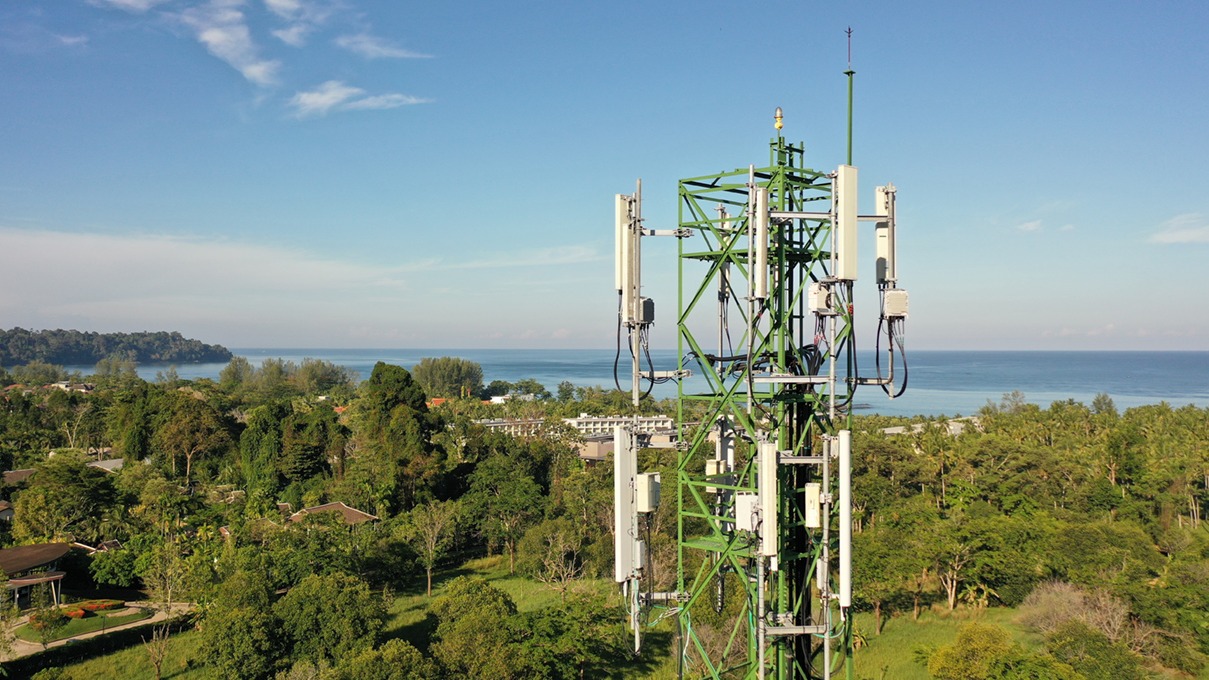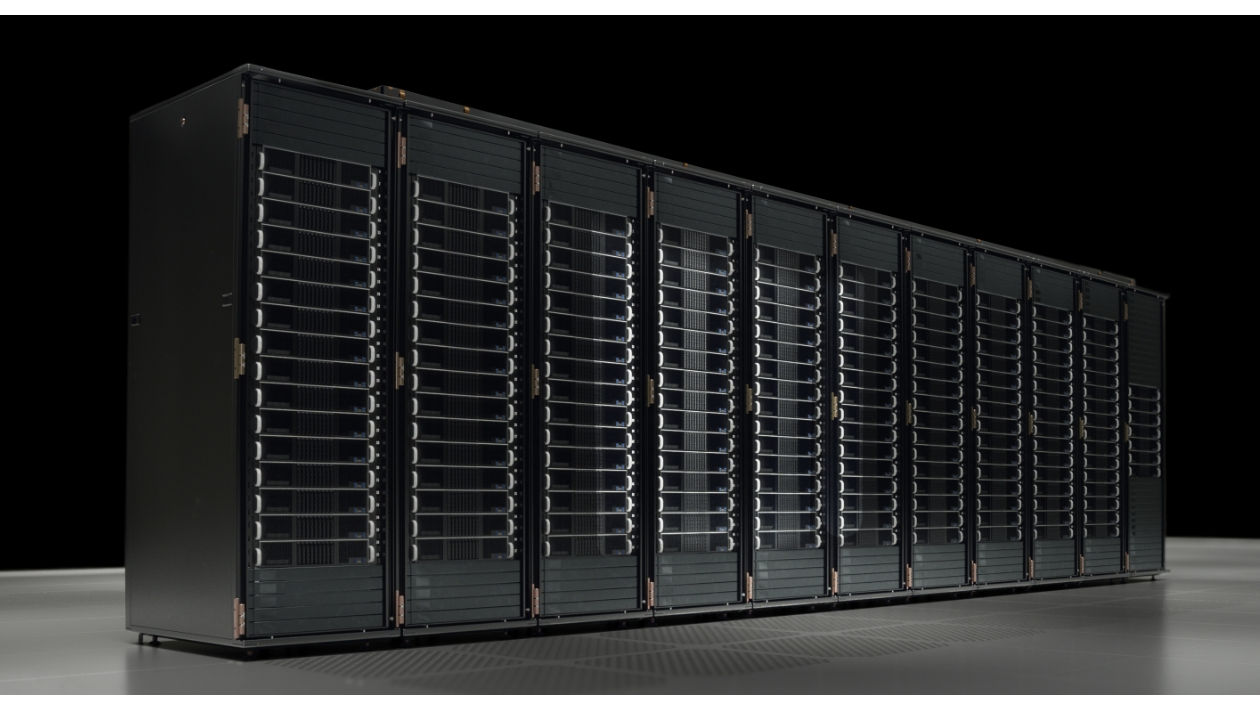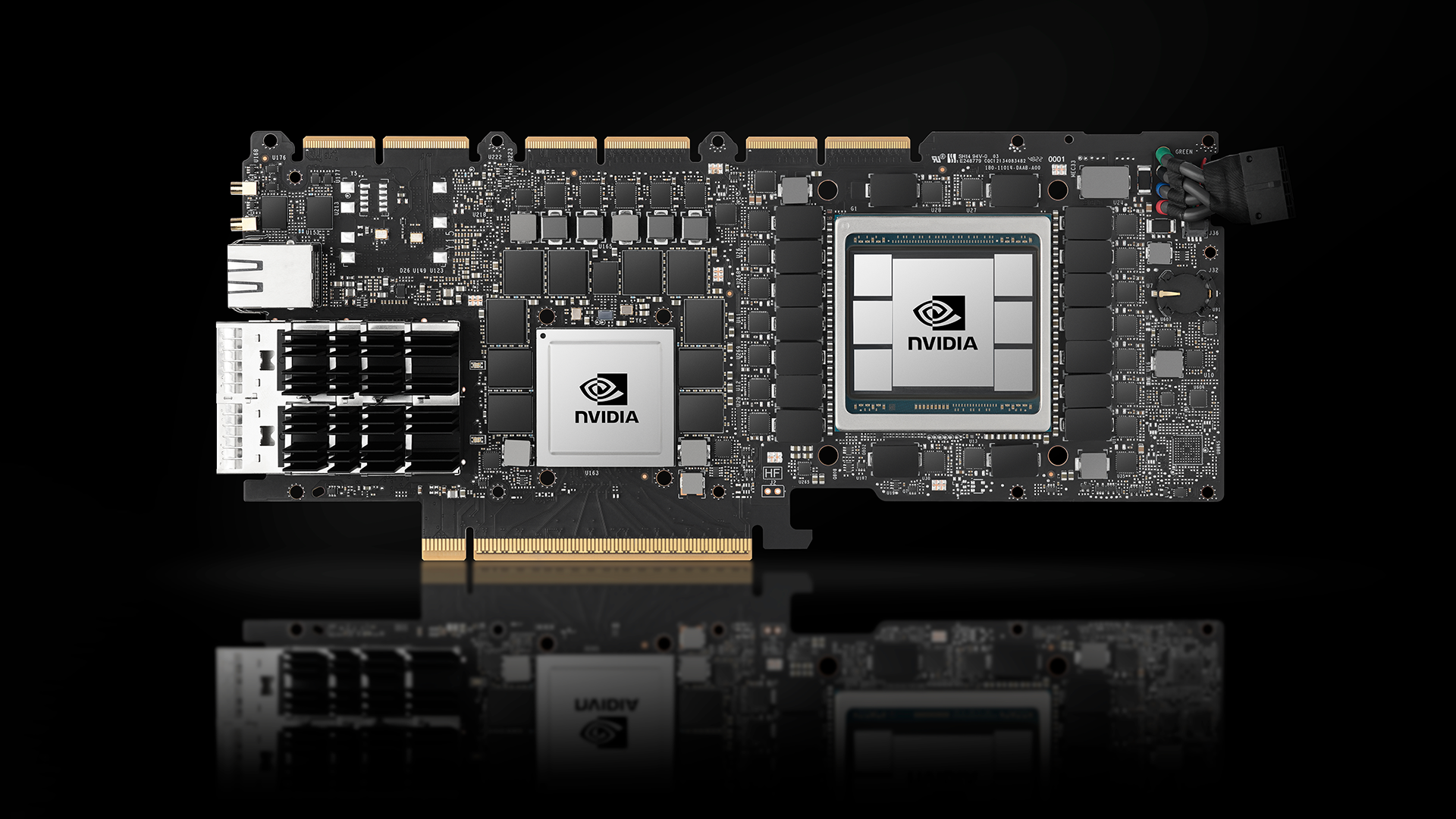The article below is a guest post by Deepwave Digital, a technology company working to incorporate AI into radio frequency and wireless technology. In the post below, Deepwave engineers describe how they developed the first deep learning-based sensor for a 5G network.
By John D. Ferguson, Peter Witkowski, William Kirschner, Daniel Bryant
Deepwave Digital is using the Artificial Intelligence Radio Transceiver (AIR-T) to create the first deep learning sensor for a 5G network. This network, the Citizens Broadband Radio Service (CBRS), will be the first autonomous spectrum sharing service provided by the telecommunications industry that leverages real time RF sensing.
Critical to the operation of CBRS is the ability to determine if priority users are active on specific frequency channels. When no priority users are present, the spectrum may be reallocated for commercial networks to provide new enterprise services or additional bandwidth to existing services.
The AIR-T is a unique platform that combines Radio Frequency (RF) hardware with an embedded NVIDIA Jetson TX2 for high throughput Digital Signal Processing (DSP). For CBRS, the Deepwave team has implemented a deep neural network (DNN) on the AIR-T that is capable of detecting, classifying, and reporting the presence of priority users with extreme accuracy. By leveraging the AIR-T and its AirStack development environment, the Deepwave team has demonstrated that enterprise-level signal processing solutions may be created, tested, and deployed on the Jetson product line and the AIR-T.
Dynamic Spectrum Allocation
CBRS Network Operation
Spectrum usage has greatly increased with the explosion of IoT devices and LTE/5G enabled cell phones. In turn, the spectrum has become more and more congested, which can degrade network performance and reliability. Historically, the spectrum has been managed by forcing each communication system to operate in a fixed frequency range allowing spectrum management to be simple, but requiring a priori knowledge of user requirements. As technology changes, so do the needs of users, which leads to scenarios where certain bands could be underutilized, while others could be congested.
A key tenet of the CBRS network is a more dynamic method of spectrum management. Deepwave Digital has developed a deep learning algorithm, as part of the Environmental Sensing Capability (ESC), that has concluded certification testing. This sensor will be a key component of the service provided by Deepwave’s strategic partner, Key Bridge Wireless.
CBRS Signal Classifier
At GTC DC 2019, Deepwave outlined the various methods for performing DSP on an NVIDIA GPU and, in particular, the AIR-T. A key component of the AIR-T is the onboard an NVIDIA Jetson TX2, which provides an ARM CPU and a Pascal GPU as computational resources. For the current revision of the ESC Sensor, Deepwave utilized many GPU accelerated libraries such as TensorRT, cuFFT, and CUDA itself.
NVIDIA has also recently released an open source DSP toolbox called cuSignal as part of the RAPIDS accelerated data science project. By GPU accelerating the popular SciPy Signal library, cuSignal demonstrates the capability for Python programmers to easily write GPU accelerated signal processing applications, making it even easier for DSP engineers to leverage the GPU. Deepwave is currently evaluating cuSignal for inclusion in future releases and comparing it against our traditional workflow of using CUDA, cuFFT, and other software libraries directly.
Deployment for the Key Bridge Wireless ESC network, powered by the Deepwave Digital AIR-T and DNN, will be rolled out in 2020 and begin to offer service to enterprise customers. The network will be deployed along the coastline of the continental United States, Alaska, Puerto Rico, Guam, and Hawaii.
Learn more about NVIDIA’s developer resources for telecommunications here.
